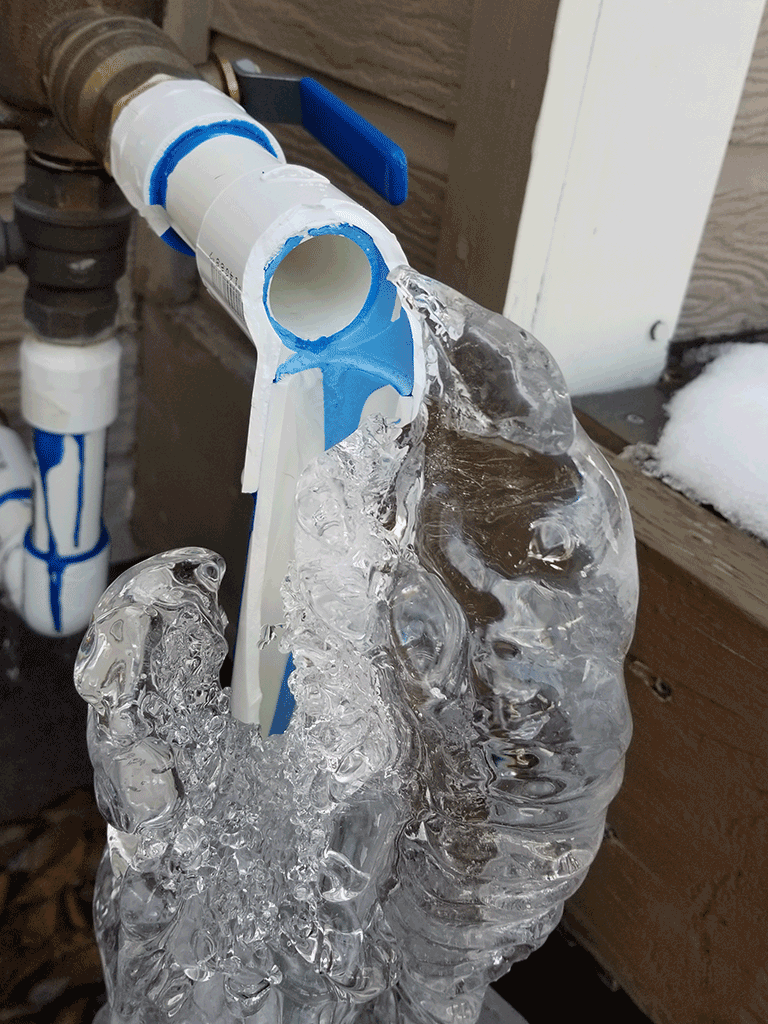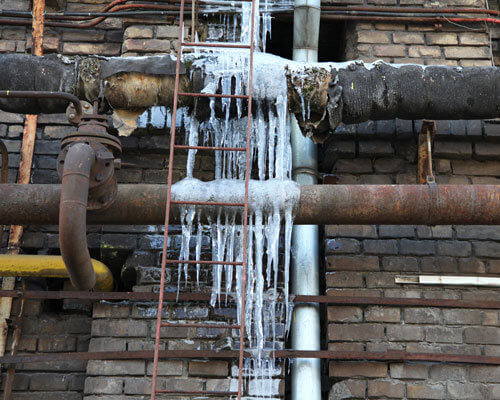Just about everyone has their unique concepts about How to Prevent Your Pipes From Freezing.

Cold weather can ruin your pipes, particularly by freezing pipelines. Right here's exactly how to prevent it from happening and what to do if it does.
Intro
As temperature levels drop, the risk of icy pipelines rises, possibly bring about pricey repair work and water damage. Understanding exactly how to prevent icy pipelines is vital for house owners in cold environments.
Avoidance Tips
Insulating at risk pipes
Cover pipes in insulation sleeves or utilize warm tape to safeguard them from freezing temperature levels. Concentrate on pipes in unheated or outside locations of the home.
Home heating techniques
Maintain interior areas properly warmed, particularly locations with plumbing. Open up closet doors to permit cozy air to distribute around pipes under sinks.
How to identify icy pipes
Look for decreased water flow from faucets, uncommon smells or sounds from pipes, and visible frost on exposed pipelines.
Long-Term Solutions
Structural modifications
Take into consideration rerouting pipelines far from outside wall surfaces or unheated areas. Add added insulation to attics, basements, and crawl spaces.
Upgrading insulation
Purchase premium insulation for pipes, attic rooms, and walls. Correct insulation aids preserve regular temperature levels and decreases the threat of icy pipes.
Safeguarding Exterior Pipes
Yard tubes and outdoor faucets
Disconnect and drain garden pipes prior to wintertime. Mount frost-proof spigots or cover outdoor faucets with shielded caps.
Recognizing Icy Pipelines
What triggers pipelines to ice up?
Pipes freeze when exposed to temperatures below 32 ° F (0 ° C) for extended periods. As water inside the pipelines ices up, it expands, taxing the pipeline walls and possibly creating them to break.
Threats and problems
Frozen pipelines can cause water supply interruptions, building damage, and expensive fixings. Burst pipelines can flood homes and create extensive architectural damages.
Indicators of Frozen Pipes
Determining frozen pipelines early can prevent them from rupturing.
What to Do If Your Pipes Freeze
Immediate activities to take
If you believe frozen pipes, maintain faucets available to soothe pressure as the ice melts. Use a hairdryer or towels taken in hot water to thaw pipes gradually.
Conclusion
Preventing frozen pipes calls for positive steps and quick responses. By understanding the causes, indicators, and preventive measures, house owners can secure their plumbing during cold weather.
5 Ways to Prevent Frozen Pipes
Drain Outdoor Faucets and Disconnect Hoses
First, close the shut-off valve that controls the flow of water in the pipe to your outdoor faucet. Then, head outside to disconnect and drain your hose and open the outdoor faucet to allow the water to completely drain out of the line. Turn off the faucet when done. Finally, head back to the shut-off valve and drain the remaining water inside the pipe into a bucket or container. Additionally, if you have a home irrigation system, you should consider hiring an expert to clear the system of water each year.
Insulate Pipes
One of the best and most cost-effective methods for preventing frozen water pipes is to wrap your pipes with insulation. This is especially important for areas in your home that aren’t exposed to heat, such as an attic. We suggest using foam sleeves, which can typically be found at your local hardware store.
Keep Heat Running at 65
Your pipes are located inside your walls, and the temperature there is much colder than the rest of the house. To prevent your pipes from freezing, The Insurance Information Institute suggests that you keep your home heated to at least 65 degrees, even when traveling. You may want to invest in smart devices that can keep an eye on the temperature in your home while you’re away.
Leave Water Dripping
Moving water — even a small trickle — can prevent ice from forming inside your pipes. When freezing temps are imminent, start a drip of water from all faucets that serve exposed pipes. Leaving a few faucets running will also help relieve pressure inside the pipes and help prevent a rupture if the water inside freezes.
Open Cupboard Doors
Warm your kitchen and bathroom pipes by opening cupboards and vanities. You should also leave your interior doors ajar to help warm air circulate evenly throughout your home.

I discovered that piece of writing about How To Avoid Freezing Pipes when doing a lookup on the internet. Kindly set aside a second to distribute this page if you enjoyed reading it. Kudos for being here. Revisit us soon.
Book Services